Quiet luxury, pencil skirts, tennis core, stealth wealth, Breton striped shirts, Cowboy Carter effect, scoop bustiers… you would say, “Huh! Here are more Moto jackets, neo emo, mermaid core, clogs… how are these relevant to the Indian customer?” But, when you name them, people are impressed, aren’t they?
What constitutes trends? Is it a trench coat by Burberry, or is it a pre-draped sari, armed with a zipper? Shouldn’t trends be based on which country you are living in – its demographics, culture, and tastes? In India, luxury magazines give reams of space to global catwalks without understanding how different their seasons, occasions, and ethos are. What happened to our indigenous trends? Is it only limited to bridal wear because the market is mammoth? What about pret-a-porter?

There are always conversations around the universal customer – from Paris to Chhattisgarh. “We have a fascination with Gucci, Armani, and Dior that we blindly follow what they ‘preach’. Does their fabric suit the Indian climate? Mostly it is wool blends, which you can comfortably wear in air-conditioning when you are travelling, but not in sweltering summers where you battle 52 degrees,” says Deepit Chugh of the menswear label, Line Outline.Fashion designer Ashish Dhaka of the label Beyni Boi believes WGSN (Worth Global Style Network) doesn’t factor in Indian culture much; only an India-specific trend forecasting agency works best, he says. This is so because we are still celebrating Maharaja, Mughal aesthetic, serenaded by royalty, or a trickle down from international fashion week.ICH Next is an India-based fashion forecast analysis agency, run by Anuradha Chandrashekhar and Kanika Vohra, both having worked for digital shopping websites.
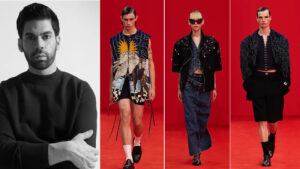
Trend forecaster Divya Kapoor, who has worked with WGSN says, Indian designers aspire to be global. It is relevant to be aware of Western trends to design for culturally different consumers. “What they miss out on is trend application, which is to make trends their own as per their brand language. Earlier, this led to ‘blending’ in fashion. It is when everything started to look the same. We are now slowly moving out of this phase,” she adds. However, regular trend tracking for Indian runways is yet to happen. “We were colonized in fashion, but the ecosystem is breaking free from it,” she explains.
She adds, trend tracking and talent scouting are important parts of design research to keep concept development relevant. Most brands refer to WGSN for trend direction and concept development. It also helps with decoding consumer psychology, and their touchpoints in designing a collection. Aneeth Arora’s Pero, as a brand and its creative work with textiles, was praised in trend reports and trade fairs internationally.
It is amusing when Indian fashion media and designers proudly show off invitations on social media when they get an entry into a Dior/Versace/Prada show. Does an international influencer flaunt an Indian fashion invite? I guess not. The biggest luxury fashion houses for years have used Indian crafts and embroideries without credit.
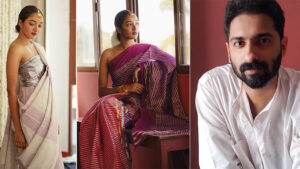
Christian Dior only recently acknowledged our contribution — the rumour is, it sees a lucrative unexplored market here, like China was a few years ago. It is summer here, mostly, and no fall; regional trends work best. “For Onam there will be white; nudes and pinks for weddings. For the West, we are just a sourcing ground. India is about craft, and textiles, as the conversation centres around sustainability globally,” says Sreejith Jeevan of the Kerala-based label, Rouka. “We won’t buy a beautifully made Patan Patola, but will spend lakhs on a Gucci bamboo handle bag. “They all want to buy into fake narratives,” he adds.
India allegedly is a country of copycats, and when you can’t afford the real thing, an inexpensive version of it works. Many times, in hushed tones, you can see the “inspiration” when an outfit arrives on the Indian catwalk — those who follow “trends” know who, and where it is from; of course, no one dares to write about it.
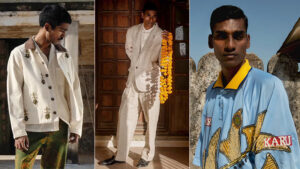
“Kartik Research, a label by Kartik Kumra, seems to be oddly promoting a ‘village boy look’, as that kind of sells well, with a Western understanding of what India means to them – poverty and hunger, dark-skinned, and skinny boys,” says Deepit Chugh. “What about the fabulous shimmering photoshoot by Rohit and Rahul Gandhi, they never feature that,” he says.
Look at how India is portrayed, Jaipuri handblock prints, for them, exemplifies it. If our country is about ecru, ajrak, block printing, it is also about high glam – think Namrata Joshipura, Anamika Khanna to J J Valaya!
Armani did the bandhgala but never called it that, he twisted it into its own version, but Deepit wonders why everyone is obsessed with a trench coat, but are suspicious of a new version of a sherwani specially for a night out?
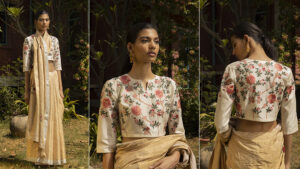
Pratima Pandey of the label Prama agrees we are intoxicated by international catwalks – we need to tell our stories powerfully, she adds. “WGSN recognises Indian hand crafts, but as an industry we are not one, we do not look at it as a unified front. Fashion has divisions — South, North, East and West,” says Pratima.
Sreejith who is a trained textile designer from the National Institute of Design, Ahmedabad, and the École Nationale Supérieure des Arts Décoratifs, Paris, asks, “Who are we fooling? Our fashion calendar is festival-based,” he laughs.
Ratna Pathak Shah puts it lucidly when she confesses, she will only spend money if she sees craftsmanship, design value and artisanal strength. She refuses to be serenaded by a logo!
Pratima explains there are invisible trends — the ubiquitous shararas, updated version of the shalwar-kameez, anti-fit – a long shirt worn with pants, saris, will always be a classic.
While Sreejith agrees it is not just about a new sleeve, neckline, high-low lengths, in India it is an entire look you buy. “We like to build a wardrobe over a long period of time; we don’t pick up based on what is new,” adds Jeevan. “When you work with weavers, you can’t follow seasons.”

Arjun Saluja of the label Rishta believes trends are global; with social media everyone has access to them, but the important question is “isn’t fashion about identity?” Arjun believes it is about individuality, and that is what is missing today. Is fashion just clothing and if it is, why is it dependent on what is happening only in Milan, Paris, New York?
“We are a culture-driven society, we saw two wars, Partition, globalisation… for long we have been dependent on a foreign language, we have only now come into our own. We can’t compare ourselves to luxury brands, which have a 100-year-old history. We can learn from the Japanese (Issey Miyake, Comme des Garcons, Kenzo Takada). They have found their niche, and stick to doing what they can the best,” Arjun adds.
For him “local is global” as that is our inherent language. His Aligarh pyjama is a witness to this. “Design today is all about Insta likes; most designers are now influencers,” says Arjun. A woman in Paris needs a trench coat. An Indian woman doesn’t, he sums up. – Asmita Aggarwal is fashion & lifestyle editor of nrifocus.com

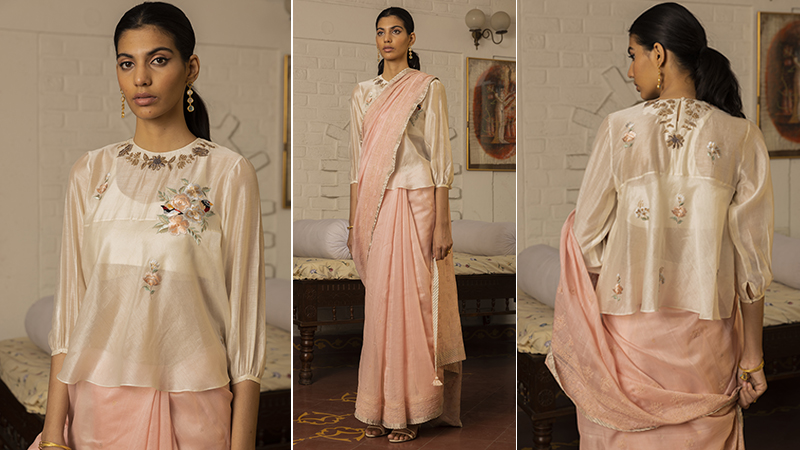
Leave a Reply